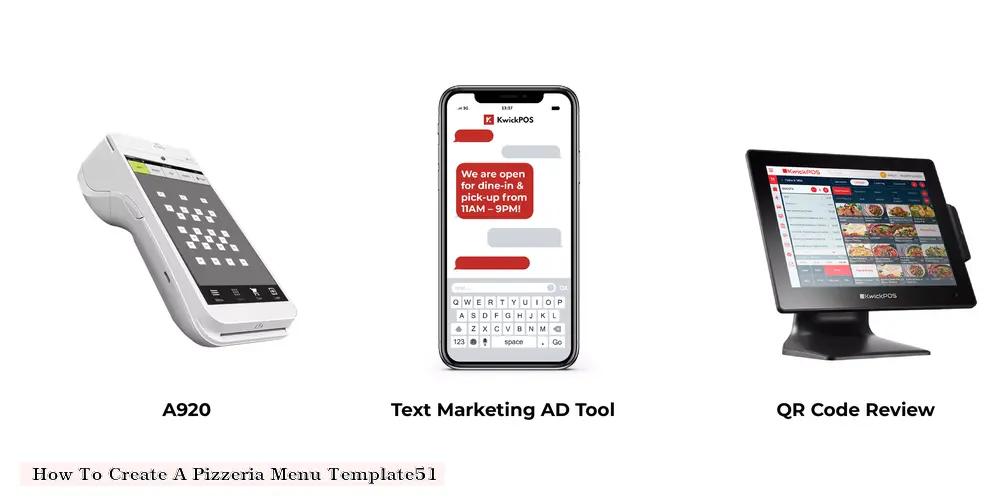

As a pizzeria owner, crafting a compelling menu is crucial for attracting customers and driving sales. A well-designed menu template serves as the foundation for showcasing your offerings, guiding customers through their dining experience, and maximizing profitability. Here's a comprehensive guide to creating an effective pizzeria menu template:
1. Define Your Concept and Target Audience:
2. Organize Your Menu:
3. Craft Compelling Descriptions:
4. Set Pricing Strategically:
5. Include High-Quality Images:
6. Optimize for Readability:
7. Consider Upselling and Cross-Selling:
8. Proofread Carefully:
9. Update Regularly:
Conclusion:
Creating a pizzeria menu template is an essential step in establishing a successful restaurant. By following these guidelines, you can design a menu that effectively communicates your concept, entices customers, and drives sales. Remember to regularly review and update your menu to ensure it remains relevant and profitable.
DISCLAIMER: This information is provided for general informational purposes only, and publication does not constitute an endorsement. Kwick365 does not warrant the accuracy or completeness of any information, text, graphics, links, or other items contained within this content. Kwick365 does not guarantee you will achieve any specific results if you follow any advice herein. It may be advisable for you to consult with a professional such as a lawyer, accountant, or business advisor for advice specific to your situation.

today
Copyright © 2025 Kwick365.com
Designed by KwickPOS is the best restaurant POS